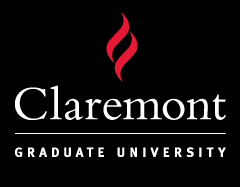Abstract
The mysterious and dark atmosphere, the overwhelming focus on the main characters, and the constant contrast of dark and light in Twilight (2009) recall traditional Christian religious imagery. But more that that, this paper will argue that Twilight, the first of the romantic fantasy films adapted from the successful book series by Stephenie Meyer, draws explicitly on traditional Catholic religious imagery and ceremony to engender religious devotion in its fans. Images from the first Twilight film suggest that the creators of Twilight used religious imagery to captivate their audience. Christian constructs such as Eden’s eternity, Edward’s Christ-like abstinence, and Bella’s wonder and submission, like the Virgin Mary’s, all parallel traditional Catholic art and reinforce the story line, while also providing a twenty-first century audience with a new spiritual experience. Twilight uses well-known Catholic tropes to subconsciously encourage viewers to venerate the images, and the story. Recent work on the Gothic literature of the twenty-first century strongly contends that the Gothic’s supernatural is a new spiritual movement for secular society, and Twilight’s iconography uses this new trend to market itself.
DOI
10.5642/lux.201303.18
Erratum
Author would like to avoid copyright issues with imagery and withdrew them from original submission.
Recommended Citation
Swaidan, Jacqueline E.
(2013)
"Religious Iconography in "Twilight": Veneration and Fandom,"
LUX: A Journal of Transdisciplinary Writing and Research from Claremont Graduate University:
Vol. 3:
Iss.
1, Article 18.
Available at:
https://scholarship.claremont.edu/lux/vol3/iss1/18
Included in
Ancient, Medieval, Renaissance and Baroque Art and Architecture Commons, Christianity Commons, History Commons, History of Christianity Commons, New Religious Movements Commons
